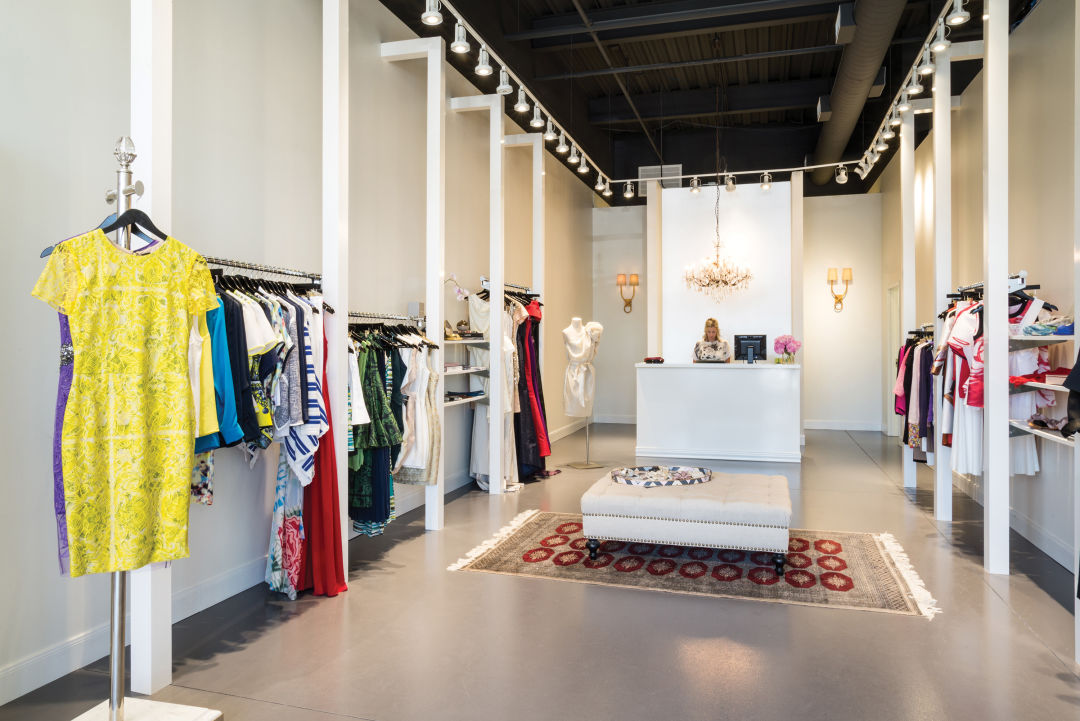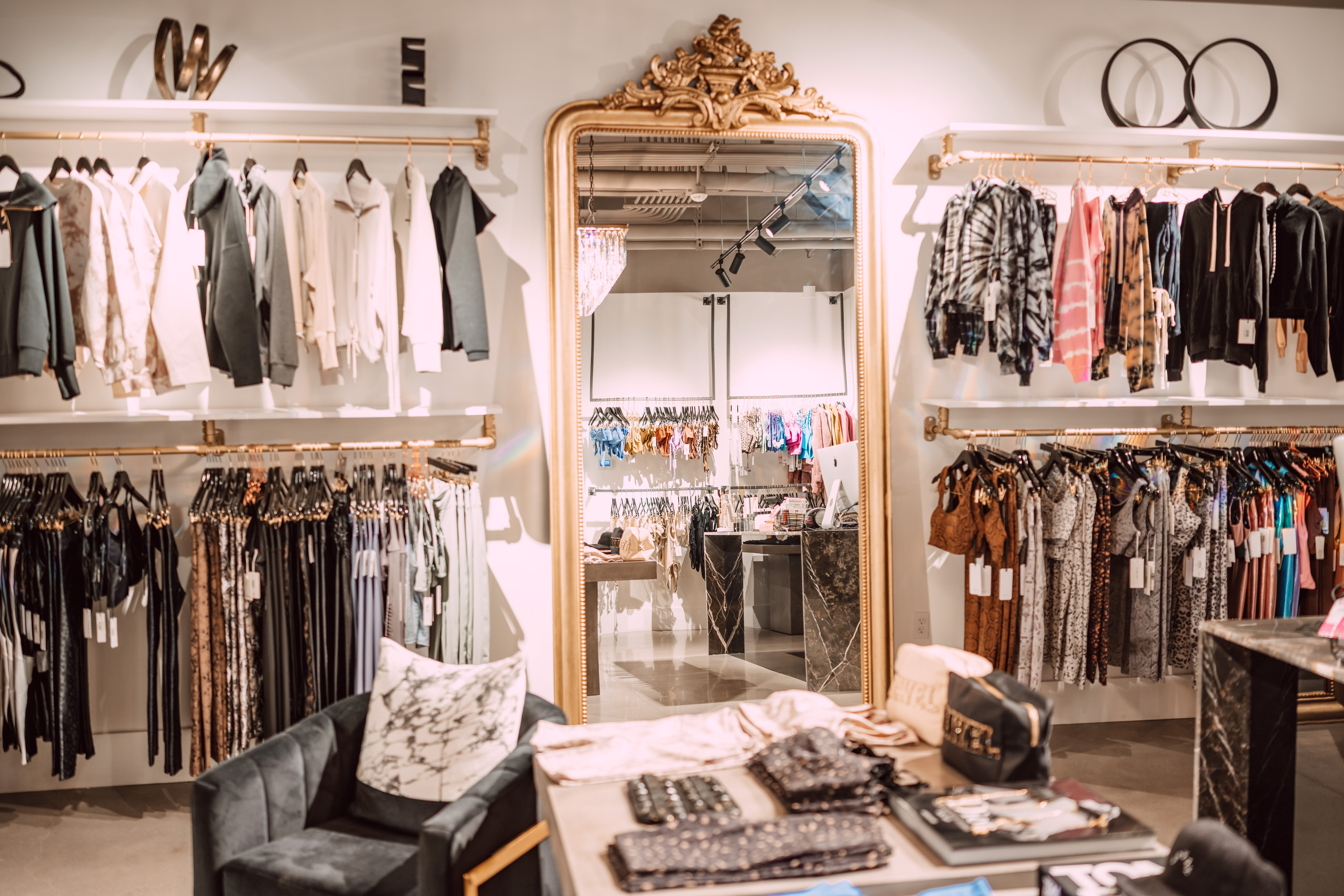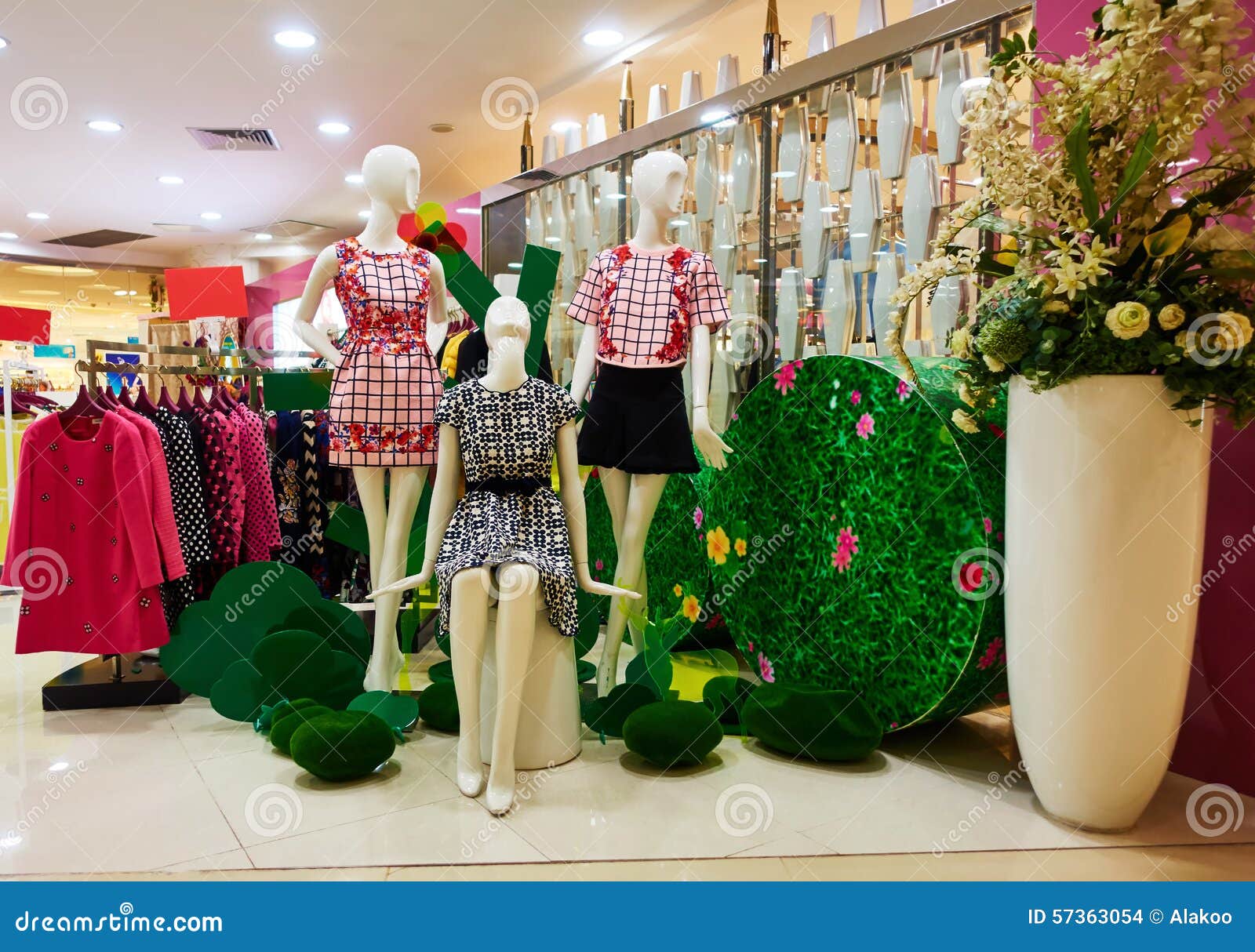Top 10 Must-Have Item from Your Fave Boutique Fashion Shops
Top 10 Must-Have Item from Your Fave Boutique Fashion Shops
Blog Article
Discovering the Advancement and Influence of Garments on Modern Style Trends
The advancement of clothes has actually significantly influenced contemporary style fads, merging historical criteria with innovative technologies. Iconic figures like Coco Chanel and Yves Saint Laurent reinvented the garment industry by introducing concepts that prioritize convenience and ease of access, which remain to resonate today. On the other hand, technical strides in locations such as 3D printing and clever fabrics are redefining layout possibilities and consumer experiences. In addition, the expanding focus on inclusivity and sustainability is improving sector criteria. As we take into consideration these complex impacts, one must wonder about exactly how these aspects jointly redefine fashion's function in showing and shaping contemporary society.
Historical Style Influencers
In the tapestry of style history, specific numbers have actually left an indelible mark, forming the fads and styles that define whole ages. Coco Chanel, an advanced developer, redefined ladies's fashion by presenting comfortable, stylish apparel that left from restrictive bodices. Her legendary Chanel fit and little black gown have actually ended up being timeless staples in closets worldwide. Likewise, Christian Dior's post-war "Make over" in 1947, with its party of womanhood through complete skirts and cinched waistlines, marked a go back to opulence and has actually continued to affect designers.
Elsa Schiaparelli is another pivotal figure, renowned for her progressive designs that integrated surrealist art, working together with Salvador Dalí to produce wayward pieces that tested standard aesthetic appeals. Her cutting-edge use shade and bold patterns resounds in contemporary style. Yves Saint Laurent, meanwhile, democratized haute couture with prêt-à-porter collections, bringing path styles to the masses and establishing a criterion for contemporary ready-to-wear lines.
These visionaries, to name a few, not just changed fashion in their times however likewise established sustaining patterns that resonate in today's apparel industry, providing a foundation upon which contemporary developers proceed to build and innovate. Their traditions emphasize the relevance of creativity and bold in vogue's ever-evolving narrative.
Technological Developments in vogue
In the middle of the vibrant landscape of the apparel industry, technological developments stand at the leading edge of advancement, improving exactly how developers produce and consumers engage with fashion. The integration of 3D printing has transformed design processes, enabling designers to experiment with intricate frameworks and lasting materials that were previously inconceivable. This technology facilitates rapid prototyping, lowering waste and expediting manufacturing times.

Smart textiles, installing technology right into textiles, are likewise changing the industry. Advancements like self-cleaning and temperature-regulating textiles offer improved capability and convenience. Wearable innovation, integrating attributes like physical fitness monitoring and communication, adds a brand-new measurement to pop over to this web-site style, merging appearances with practicality.
Cultural Shifts and Style
As technological innovations continue to improve the style sector, social changes are just as significant, redefining style and customer choices. In recent years, the surge of social media platforms has sped up the circulation of international style trends, enabling varied social influences to coexist and converge. This digital interconnectivity has actually facilitated the quick exchange of concepts, bring about an extra diverse and inclusive analysis of design that shows the diverse nature of modern society.
Social recognition and recognition have prompted developers to attract motivation from a broader range of historic and ethnic contexts, integrating traditional concepts with modern appearances. This fusion Read More Here has actually caused fashion that reverberates with a bigger audience, promoting a feeling of identity and belonging throughout different demographics. Additionally, the increasing need for personalization has actually driven brand names to offer personalized choices, enabling customers to reveal originality while showing their cultural heritage.
In addition, moving social values have affected fashion, with inclusivity and variety becoming main themes. The industry has started to accept versions and influencers of different physique, ethnic backgrounds, and gender identifications, challenging traditional appeal standards. This improvement underscores the power of social shifts in shaping the future of style, as style ends up being a more genuine expression of cumulative and personal identity.
Sustainability and Modern Layout
While the fashion market continues to progress, the critical for sustainability has come to be increasingly immediate, influencing modern-day layout techniques. The increase of slow-moving style, which emphasizes quality over amount, urges customers to invest in ageless pieces rather than transient fads.
Furthermore, modern design is identified by its technology in decreasing waste and advertising circularity. Methods such as zero-waste pattern cutting and 3D knitting are getting traction, allowing designers to develop garments with marginal material wastage. Additionally, brand names are embracing transparent supply chains, making sure accountability and cultivating customer trust. This strategy not only mitigates ecological impact however also boosts the social duty of fashion residences.

Future Trends in Fashion

Sustainability will remain to be a driving pressure in shaping future style patterns. The industry is significantly adopting environmentally friendly products and honest manufacturing methods, replying to a growing consumer need for accountable techniques. Advancements such as bio-fabricated materials and closed-loop recycling systems are established to redefine how garments is produced and taken in, reducing environmental influence while maintaining design and quality.
Cultural shifts, including the increase of inclusivity and diversity, will additionally play a critical duty. As society ends up being extra familiar with social concerns, style is anticipated to become a system for expression and adjustment. Designers will likely concentrate on developing collections that reflect a wider variety of experiences and identities, championing depiction and accessibility.
Final Thought
The evolution of clothing significantly influences modern-day fashion trends, where historical impacts merge with contemporary designs. This ongoing evolution emphasizes style's function as a mirror to societal values and technological development, suggesting a future abundant with technology and inclusivity.
The advancement of garments has actually considerably influenced modern style patterns, combining historical criteria with cutting-edge technologies.Among the vibrant landscape of the fashion industry, technical improvements stand at the leading edge of innovation, improving exactly how designers develop and consumers engage with style.While the fashion sector proceeds to develop, the necessary for sustainability has become significantly urgent, affecting contemporary design methods. As sustainability becomes embedded in modern-day style, it paves the method for a more aware and accountable style market.
The advancement of clothes significantly affects modern-day fashion patterns, where historic influences combine with contemporary styles.
Report this page